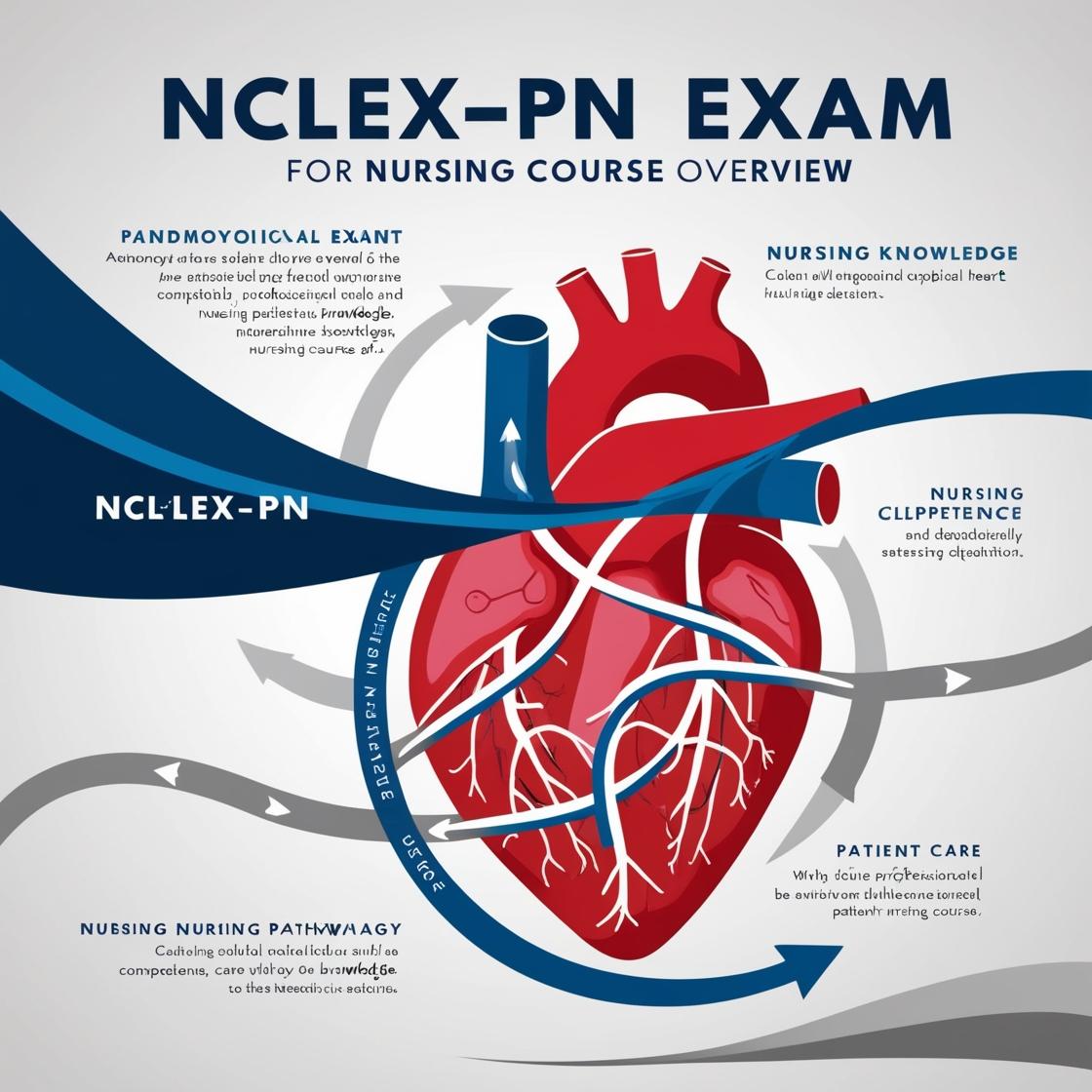NCLEX NCLEX-PN
Kaplan NCLEX Question of The Day
1. A woman is in the active phase of labor. An external monitor has been applied, and a fetal heart deceleration of uniform shape is observed, beginning just as the contraction is underway and returning to the baseline at the end of the contraction. Which of the following nursing actions is most appropriate?
- A. Administer O2 if necessary.
- B. Turn the client on her left side.
- C. Notify the physician.
- D. No action is necessary.
Correct answer: D
Rationale: The correct answer is 'No action is necessary.' In this scenario, the fetal heart deceleration of uniform shape observed is an early deceleration resulting from head compression. Early decelerations are benign and typically do not require any intervention as they mirror the contraction pattern. It is essential to closely observe both the mother and the baby. Administering O2 (Choice A) is not necessary as early decelerations do not indicate fetal distress. Turning the client on her left side (Choice B) is not required for early decelerations. Notifying the physician (Choice C) is not needed for this type of deceleration, as it is a normal response to head compression during labor.
2. The nurse is caring for a client with full-thickness burns to the left arm and trunk. What is the priority for this client?
- A. Pain management
- B. Airway assessment
- C. Fluid volume status monitoring
- D. Risk for infection prevention
Correct answer: C
Rationale: Correct! With full-thickness burns, there is a significant risk of fluid loss through the burn wound and fluid shift, leading to hypovolemia and shock. Monitoring and maintaining the client's fluid volume status is crucial to prevent complications like hypovolemic shock. Pain management (Option A) is essential but not the priority in this situation. While airway assessment (Option B) is crucial, it is typically assessed first in clients with respiratory distress. Preventing infection (Option D) is important but managing fluid volume status takes precedence in the initial care of a client with full-thickness burns.
3. What is the most common cause of acute renal failure?
- A. Shock
- B. Nephrotoxic drugs
- C. Enlarged prostate
- D. Diabetes
Correct answer: A
Rationale: The most common cause of acute renal failure is shock. In cases of shock, such as hypovolemic shock where there is low blood volume, the kidneys receive inadequate blood flow leading to acute renal failure. This can result in the kidneys starting to die within 20 minutes of low pressure. While nephrotoxic drugs can also cause acute renal failure, shock is more commonly associated with this condition. An enlarged prostate can lead to urinary retention but is not the most common cause of acute renal failure. Diabetes, on the other hand, can cause chronic kidney disease over time but is not typically the primary cause of acute renal failure.
4. The nurse observes a nursing assistant performing AM care for a client with a new leg cast. Which action by the assistant will the nurse intervene?
- A. Lifting the affected leg with the palms of the hand
- B. Covering the affected leg with a blanket to avoid chills
- C. Placing plastic over the groin prior to bathing
- D. Elevating the cased leg on two pillows
Correct answer: B
Rationale: The correct answer is covering the affected leg with a blanket to avoid chills. Covering the leg with a blanket can prevent the evaporation of heat from the new cast, which can lead to skin irritation or discomfort. Lifting the affected leg with the palms of the hand is appropriate as it helps in providing support and prevents unnecessary pressure on the cast. Placing plastic over the groin prior to bathing is also acceptable to protect the area from getting wet. Elevating the cased leg on two pillows helps reduce swelling and promotes circulation, making it a suitable action.
5. Which symptoms is the client who overdosed on barbiturates most likely to exhibit?
- A. Bradypnea and bradycardia
- B. Hyperthermia and drowsiness
- C. Hyperreflexia and slurred speech
- D. Tachycardia and psychosis
Correct answer: A
Rationale: The correct answer is bradypnea and bradycardia. Barbiturates are central nervous system (CNS) depressants, which will slow down the respiratory rate (bradypnea) and heart rate (bradycardia). Choice B, hyperthermia and drowsiness, is incorrect as barbiturate overdose typically does not cause hyperthermia but rather hypothermia. Hyperreflexia and slurred speech (Choice C) are more indicative of stimulant overdoses rather than CNS depressants like barbiturates. Tachycardia and psychosis (Choice D) are also not typically seen in barbiturate overdose, as these drugs tend to depress the CNS rather than cause symptoms of increased heart rate or psychosis.

Access More Features
NCLEX PN Basic
$69.99/ 30 days
- 5,000 Questions with answers
- Comprehensive NCLEX coverage
- 30 days access
NCLEX PN Premium
$149.99/ 90 days
- 5,000 Questions with answers
- Comprehensive NCLEX coverage
- 90 days access
